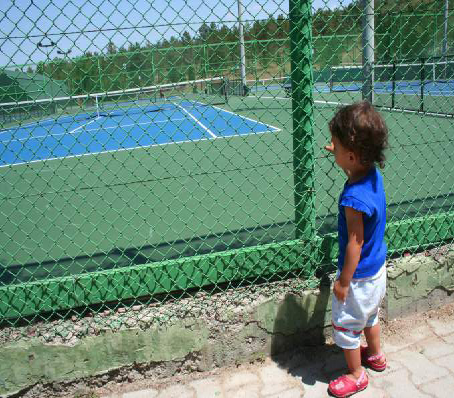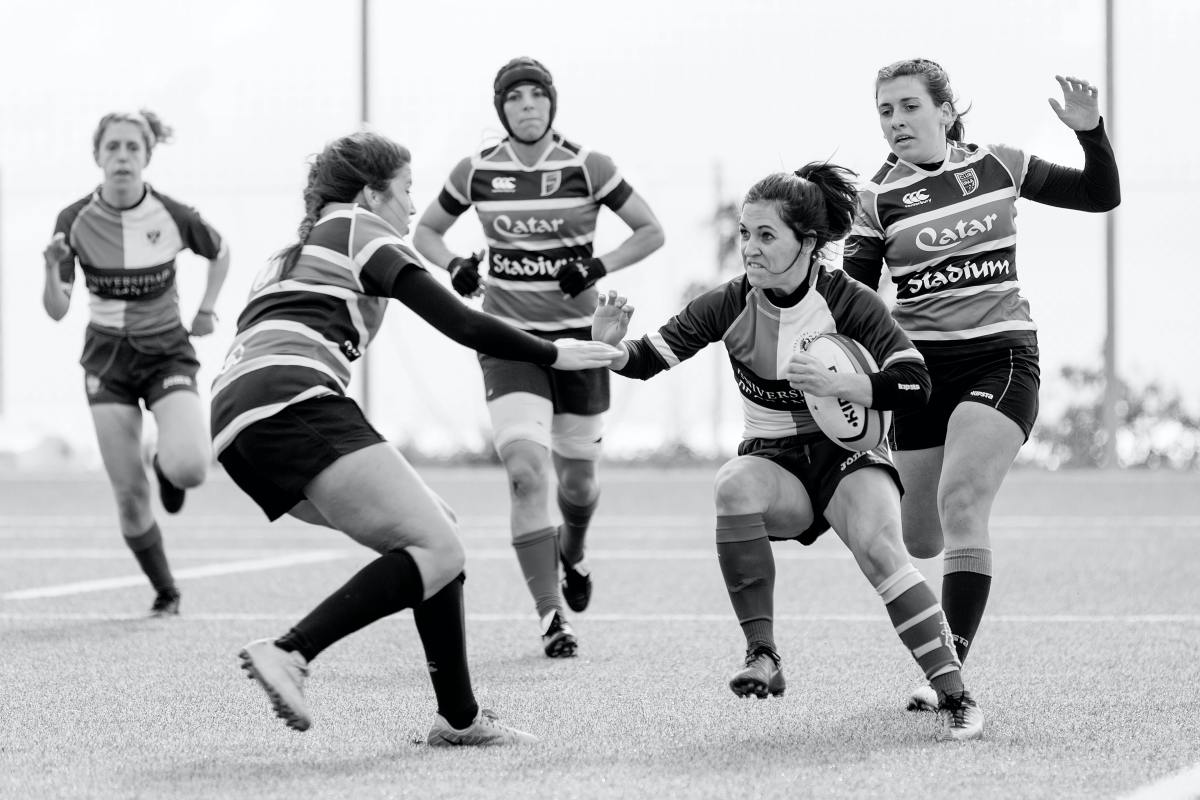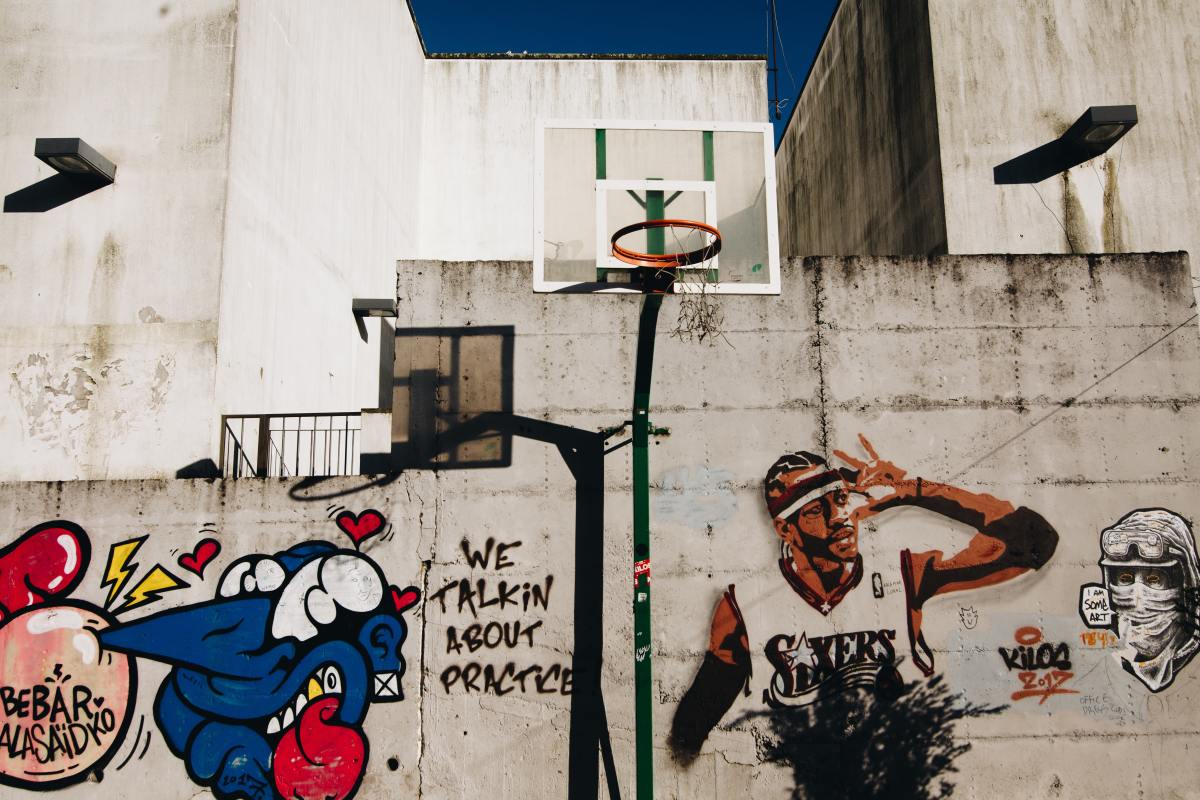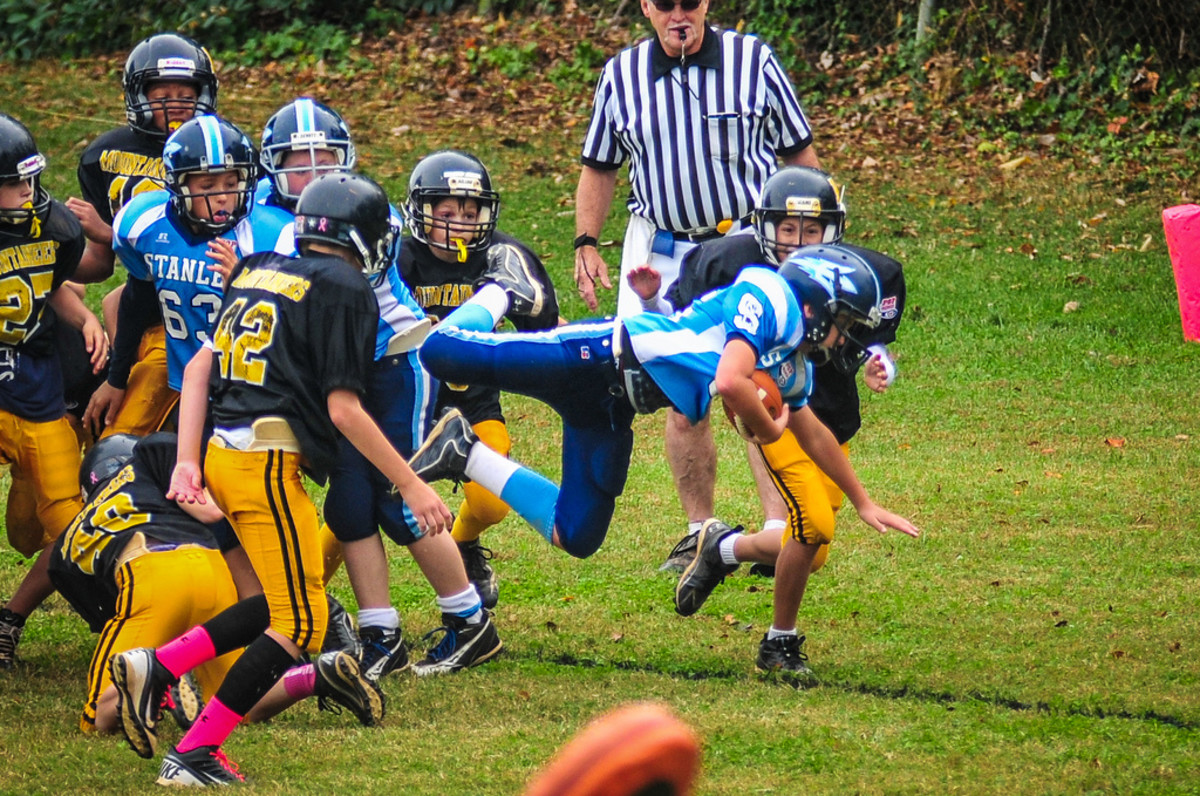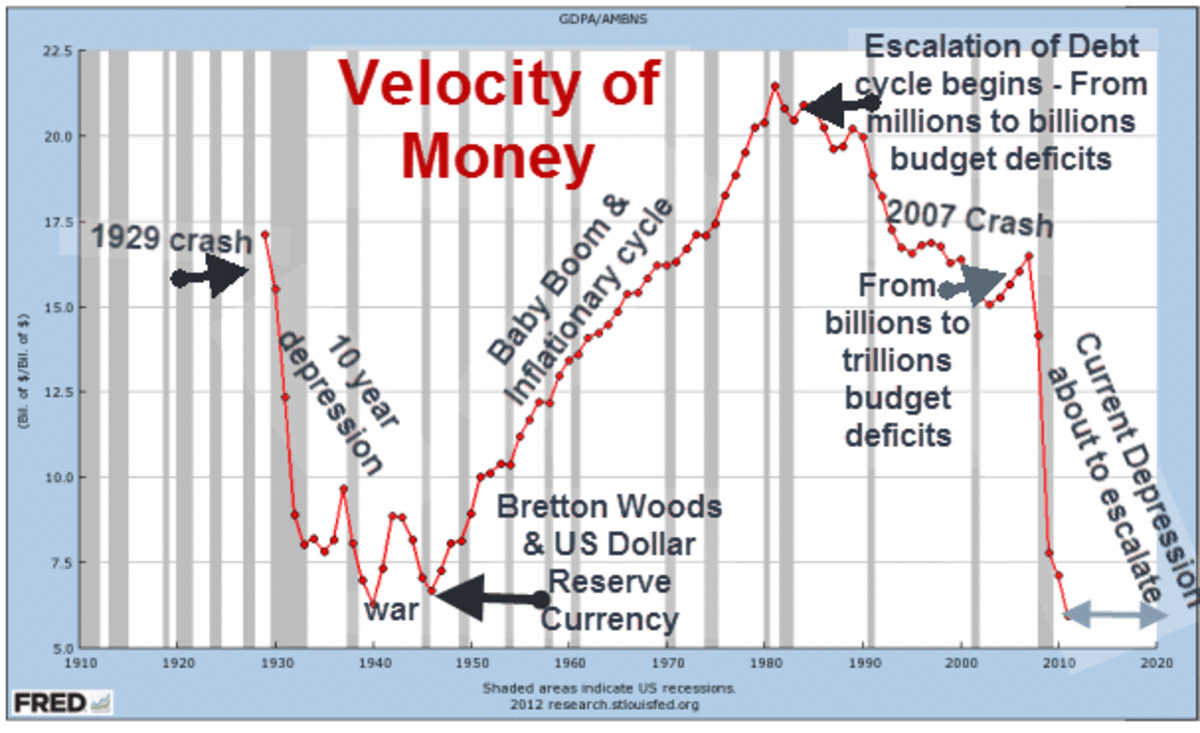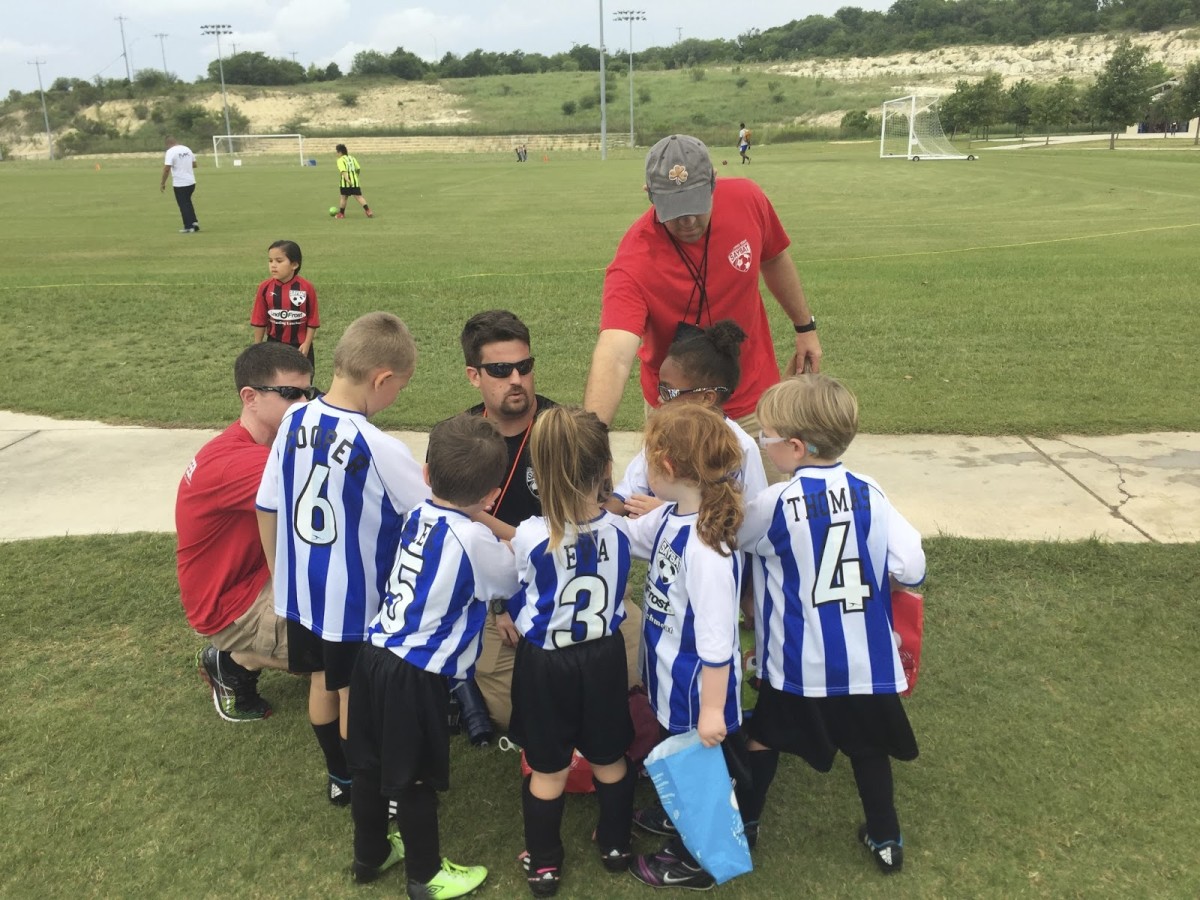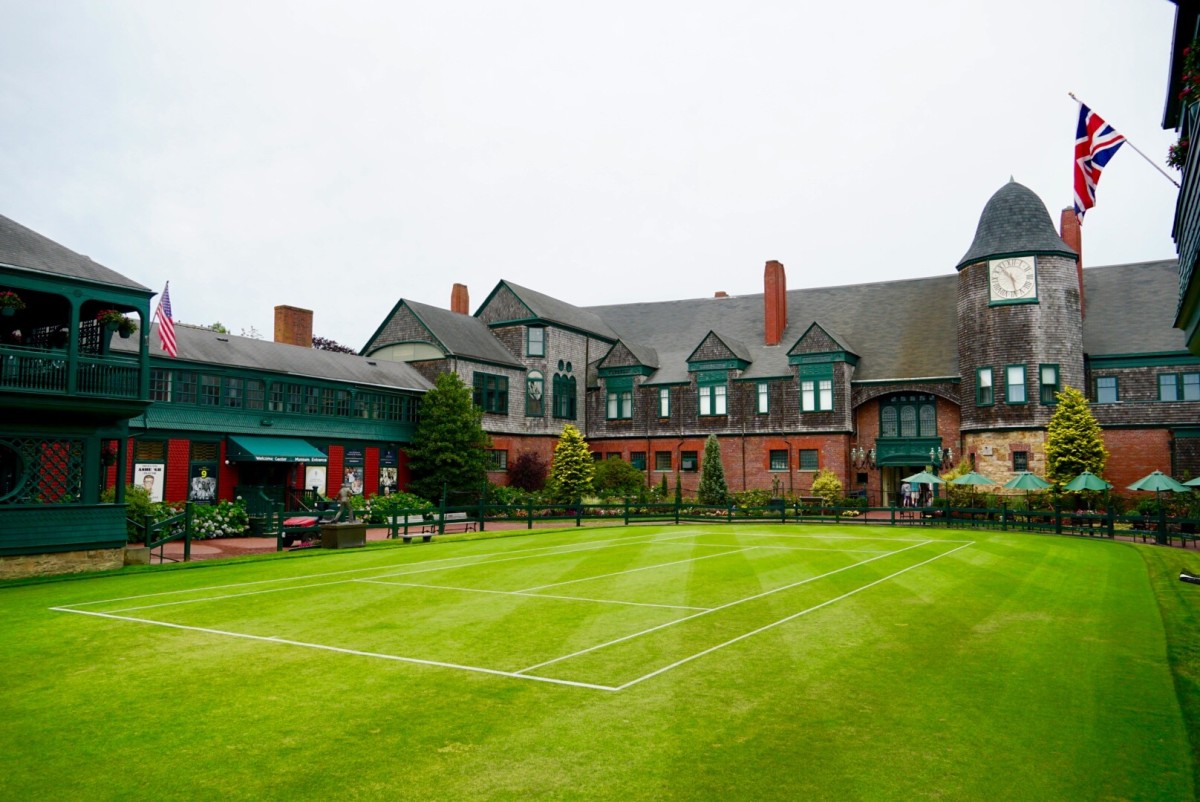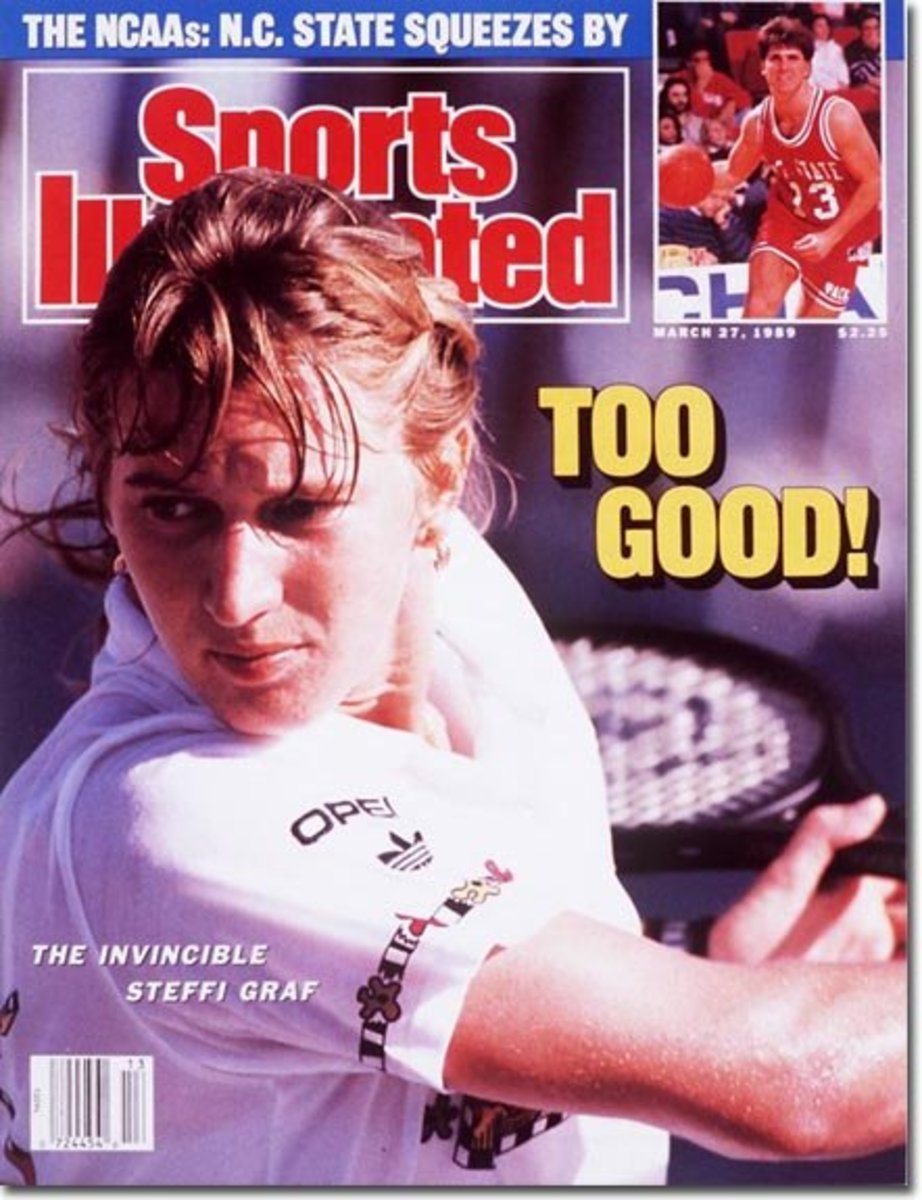The Power of Sport – Part 2
In Part 1 of the Power of Sport I spoke about the social impact that sports has on inclusivity and community. However there is yet another dimension of sports — generation of economic activity in the community. Sports provide ample opportunity for business enterprises too. Sporting activities do not sustain in isolation and (need necessarily to be) are often accompanied by a range of complementary economic activity. Some examples to give you are – sports good and sports-wear stores, catering, event management, sports injury and medicine practice, transport and several others.
As a consequence of a development of a new sports facility, there is always a corresponding investment and development in the infrastructure of the surrounding areas with a purpose of servicing the new sports facility. This has a positive impact on the local community. Apart from creating an infrastructural good, which will last for decades and generations to come it also creates jobs and new working opportunities. Thus enhancing the economic processes in the community. It is members of the local communities that stand to enjoy the benefit of all such economic activity which spin-off when the community engages whole-heartedly in sports activities.
Those engaged with community building will agree that sports participation is low amongst disadvantaged social groups in deprived areas. Even the best of city planners will agree that no plan for neighborhood renewal (urban or rural) will ever be complete without providing the necessities for implementing sports activities and sporting facilities.
Unfortunately, community leaders and local sports activists sometimes also witness apathy amongst city planners and administrators, on this count. This is largely because of the unawareness of the link between sport and its positive socio-economic impact on a neighborhood. Other reasons could be financial ones too; either insufficient or complete absence of allocation of funds in the budget for creating sports and recreational facilities poses big problems for every community. City planners sometimes attempt a short-term “fix” rather than a longer-term systemic approach to creating sport and recreational structures. These are all barriers that need to be broken down for the greater good of the community.
Outside a sporting arena, it is not uncommon to use the term “sportsmanship” to describe positive traits in a person. Why is it so? It is so because participating in sports encourages personal development. The manner, in which a person competes in a sport influences his moral behavior outside the sports field too and this finally impacts the character of the surrounding community. It can never be over-emphasized that taking part in sports counts.
Ultimately, any sport is about people. Ask any top athlete in any sport if he would like to play in empty stadiums or if the appetite to win would remain just as strong if there were no spectators watching. Very quickly and certainly the answer, would be an emphatic “no”. A sports person thrives on being watched and cheered at the local community sports field, then at the national stadiums and like so on to the international arenas.
Sports have that inherent quality of getting people together from different areas and communities. These could well be the same community that ordinarily might not mingle and interact! Thus we can also speak about sports in a sense of bridging the different communities whilst providing the platform for developing relationships and communication. Thus, the humanity (or the thriving communities) would be distinguished by its willingness to create opportunities to keep disadvantaged persons engaged in sporting activities as a means to improving the overall quality of life.
